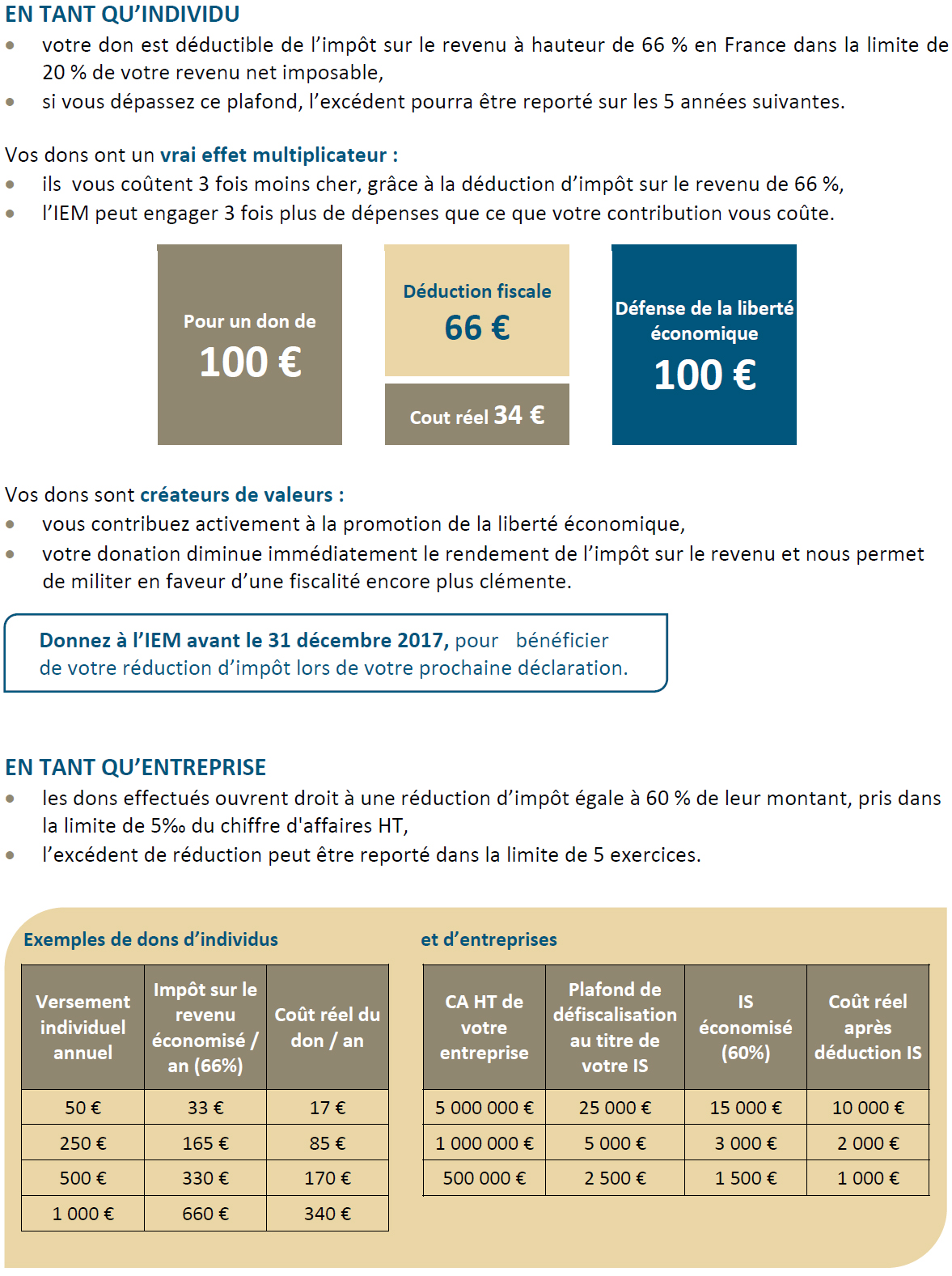The day when European Union countries ran out of revenues – 4th Edition
The governments of EU member countries exhaust their resources December 13 on average, 18 days before year’s end. That’s seven days later than the year before, marking a significant improvement. Of the 28 EU central governments, nine were in surplus last year. The champions were Malta (with a surplus equal to 35 days’ spending), Sweden (with a 23-day surplus) and Bulgaria (15-day surplus). Their 2017 revenues enabled them to finance all their spending for the year and to pay down debt.
IEM Study
SYNTHESIS OF THE STUDY
December 13, the average date when EU central governments exhaust their revenues for the year
The governments of EU member countries exhaust their resources December 13 on average, 18 days before year’s end. That’s seven days later than the year before, marking a significant improvement.
Of the 28 EU central governments, nine were in surplus last year. The champions were Malta (with a surplus equal to 35 days’ spending), Sweden (with a 23-day surplus) and Bulgaria (15-day surplus). Their 2017 revenues enabled them to finance all their spending for the year and to pay down debt.
The 19 other central governments spent all their revenues before the year ended. Thirteen of them had consumed their resources by December and six of them by November.
Central governments, the main source of public deficits in the EU
Despite this improvement, central governments remain the dark spot of European public finance. Across the EU, they account for most of the slippage in public accounts, with 18 days that are not paid for. State-level governments have been in balance since 2017, with a two-day surplus. Local governments have been balanced since 2014, with a three-day surplus last year. This has also been true of social security funds since 2016, with a four-day surplus last year. As a result, taking all administrations together, the various EU countries had spent their total public revenues eight days before the end of the year. That’s five days better than the year before.
PURPOSE OF THE STUDY
The purpose of this study is to compare revenues and expenditures of the central governments of the 28 European Union (EU) member countries to determine the day as of which they have exhausted all their annual revenues and have begun living on credit.
This work covers all 28 EU countries, based on the latest annual Eurostat data, updated on October 22, 2018. This makes it possible to measure changes in imbalances over time and to compare the positions of the various countries.
This approach aims to provide some insight for citizens in an area that can be especially hard for nonspecialists to follow.
Deficits are often expressed as a percentage of GDP, a concept that can be complex to grasp. Debate over government budget procedures involves billions of euros, whereas the general public is more accustomed to thinking in terms of hundreds or thousands of euros. The figures on savings presented by public authorities often rely on trend-based growth assumptions rather than on the spending that is actually recorded. This creates a blur in how things are understood. Indeed, “savings” do not lead automatically to reduced spending.
We may add that debate on these complex topics often boils down to standpoints that are disconnected from the real issues. This has been especially true of France over the last few years, with a proliferation of rhetoric lashing out at “budget austerity” that lacks any factual basis in a country where public spending does not fall during times of crisis and drops less quickly than elsewhere during times of recovery.
Hence the interest in an approach enabling the general public to visualise the scope of the issues, clearly and simply, and to see how they evolve over time.
SPECIFICITY OF THE APPROACH
This study provides for a better understanding of the slippage by central governments, described in current government language through a solid and accessible method. Revenues are divided by spending and multiplied by 365, enabling financial slippage to be expressed in days over the course of a year. This method resembles the practice in the field of finance, with analysts customarily presenting working capital requirements in days of turnover. It also has the advantage of being meaningful to any individual who has wondered how to make ends meet at the end of the month.
This work focuses on central governments, referring here to government administrative bodies and other central bodies with jurisdiction normally covering the entire territory. Across the EU, these are the administrations with the greatest imbalance in their accounts. However, the numbers also cover the other administrations (federated states, local communities and social security). This provides further insight since, fortunately, not all countries are running deficits at the level of each of these administrations.
INTERACTIVE MAP
The day when European Union countries ran out of revenues – 4th Edition






